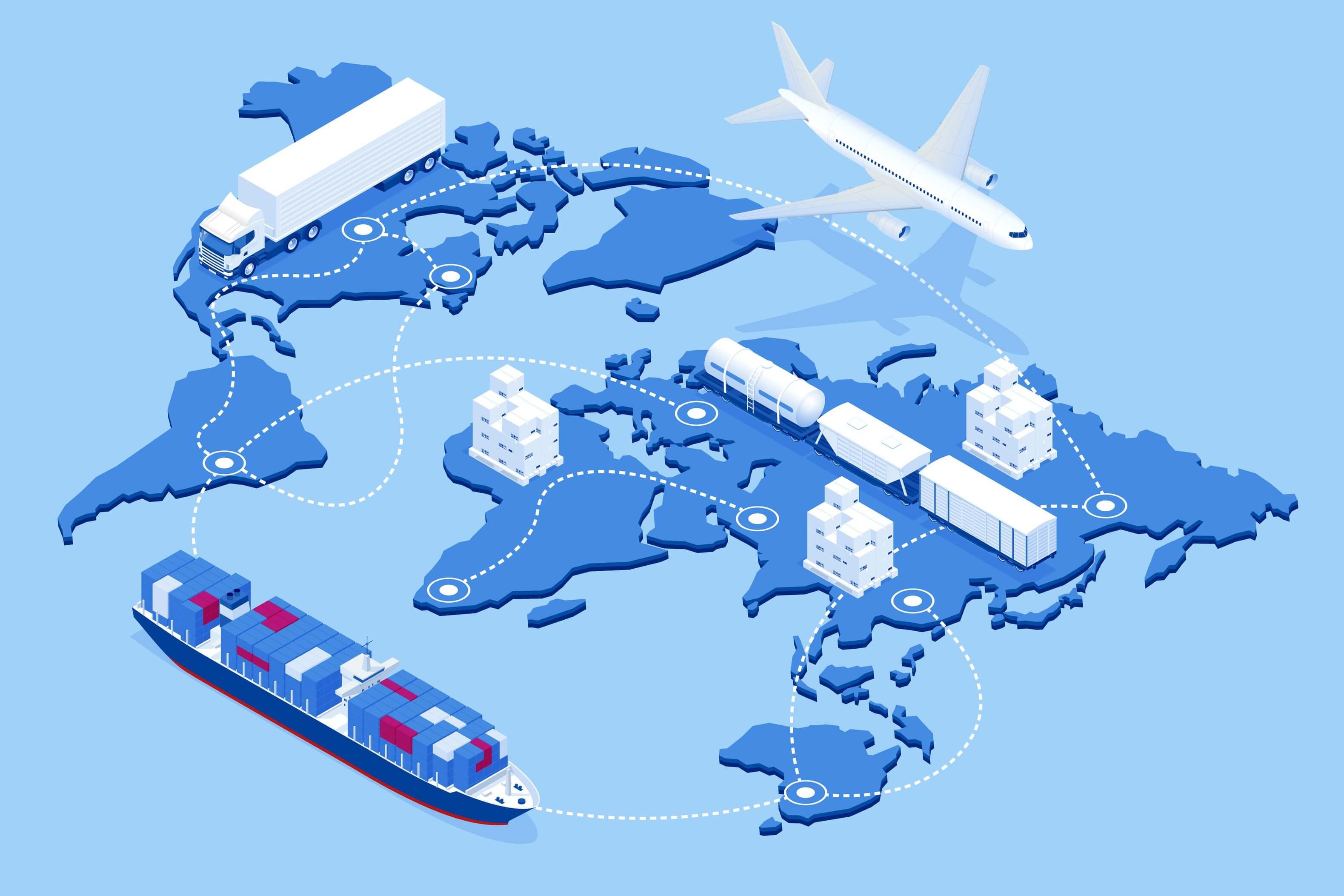What the Global Supply Chain Chaos Means for Gold

The rapid spread of Covid wreaked havoc in the global supply chain, which is likely to last for months. How can this situation affect the economy and, most importantly, the gold price?

The rapid spread of Covid wreaked havoc in the global supply chain, which is likely to last for months. How can this situation affect the economy and, most importantly, the gold price?